Israel Trip: Jerusalem - The Old City
After a good night's sleep, we were up and at 'em early on Monday morning. Ben and I had signed up for a full-day guided tour of the Old City of Jerusalem and Bethlehem to give us a good overview of the area and allow us see some of the key sights while learning some history and context through a trained guide's commentary. This was the only day we planned to do a guided tour, and would rely on guidebooks and my family's experience for the rest of the trip.
Since the tour bus doesn't pick up at Chuck's condo, he gave us a ride to a nearby hotel, where we were supposed to be picked up between 8:30 and 8:45 am.
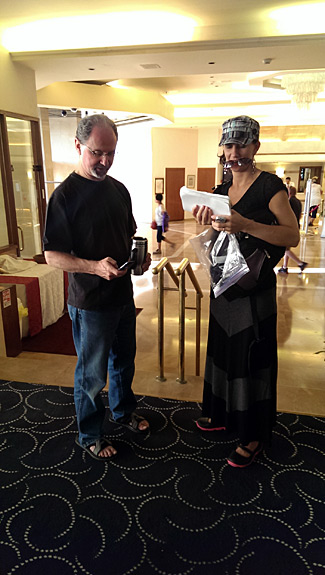
Let me just say that I was *not* surprised when no one showed up to pick us up by 9:00 am. That's just the way things had been going so far for this trip! Thankfully, though, we had borrowed a cell phone, and were able to call the tour company to see what was up. Evidently they had us scheduled for the 25th (when I clearly had a confirmation for the 30th), but they promised to send the bus our way to pick us up immediately.
After waiting another 10 - 15 minutes, the hotel concierge came up to us and told us that the tour company had called him to let him know they were sending us a taxi to meet the rest of the tour group. Thank goodness so many people speak such fluent English in Israel! Not having a clue how to speak (or read) much Hebrew makes navigating and communicating REALLY hard.
When the taxi finally arrived, we decided to just trust this dude in a pink polo shirt, who didn't say much to us, and hope he knew where he was taking us! He certainly knew more than we did, but we were totally at his mercy. Worried we had missed the first portion of our tour (we thought it started at the Mount of Olives, and didn't want to miss that), we got our first daylight glimpse of the hustle and bustle - and traffic - in Jerusalem from the back of the taxi.
True to his word, the taxi driver dropped us off at the top of Mount Scopus to meet our tour group (we were sure it was our group, becuase the guide knew our names...whew), who had just started the long day's adventure.
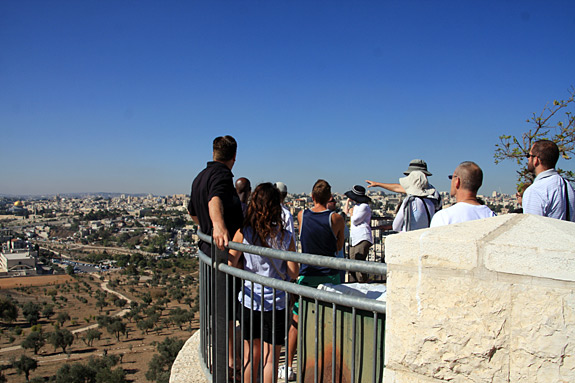
With about 12 other tourists from various countries, our guide Aaron began telling us all about the history of Israel by pointing out where important landmarks are throughout the city, as we took in this unbelievable view from Mount Scopus:
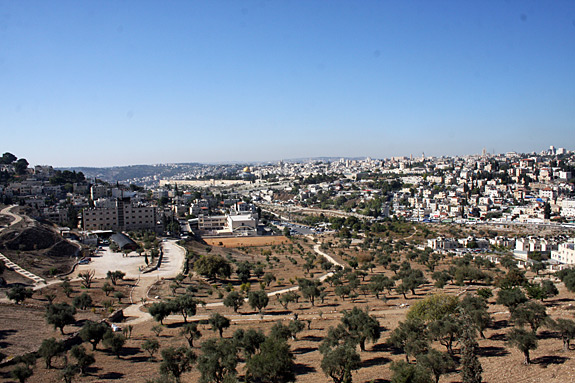
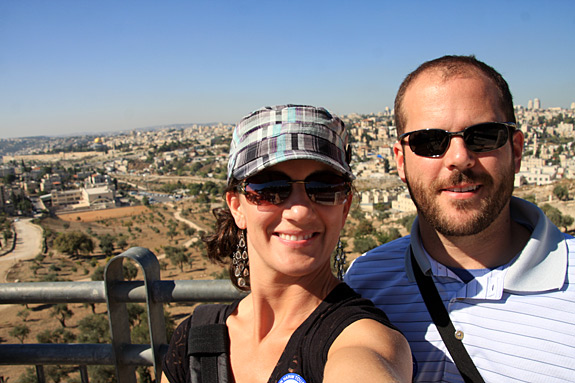
One thing I learned in Jerusalem - and all of Israel, really - is that every time you turn around, there's another spectacular view. The landscape of never-ending hills lends itself to perfect perch points from every angle. I was camera happy--and my zoom lens got a major workout this week.
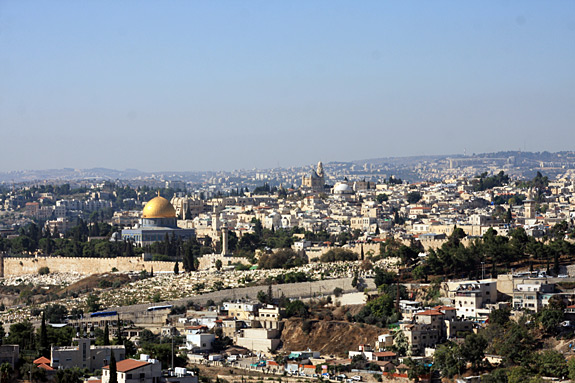
After a quick introduction to Jerusalem, the group hopped in our little bus and headed toward the Old City.
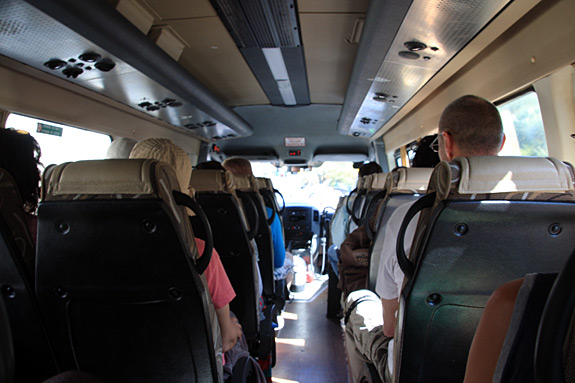
Ben and I were hoping we would stop at the Mount of Olives -- we thought the tour description included a stop there -- but as we drove by it in a traffic jam of tour busses and cars, with a quick description from our guide, we realized that was not going to be one of our destinations that day. We made a mental note to add that our agenda for another day of the week - since it was a spot we did NOT want to miss - and moved along...
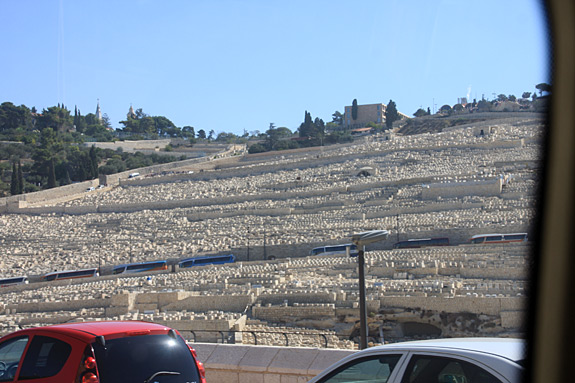
As we drove around the city walls, we got a peek at a few of the seven famous city gates. While we didn't get to see them all, I did snag pictures of several throughout the week.
Here's a view of the Dung Gate, which is the closest gate to the Western Wall in the Jewish Quarter.
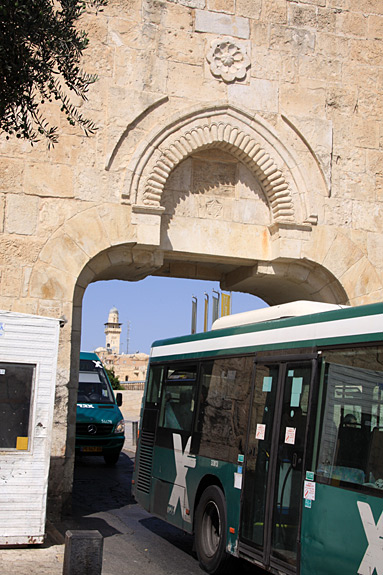
Speaking of the "Quarters", here's a map of the Old City so you can get a bird's eye view of where we were and how we navigated through the streets.
The Old city is divided in to four quarters - Armenian, Jewish, Muslim & Christian -- and that's the order in which we toured them during our walking tour of the city that morning. It's pretty small, but we were walking FAST. I'd recommend at least 2 days to really explore the entire area if you have the opportunity.
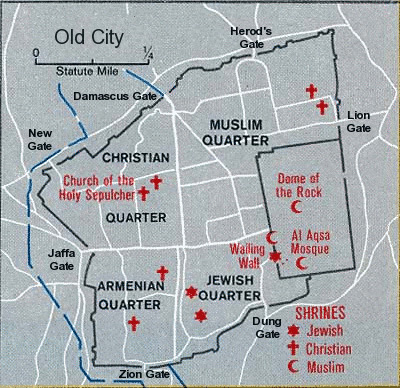
We entered the Old City from Jaffa Gate in the Armenian Quarter.
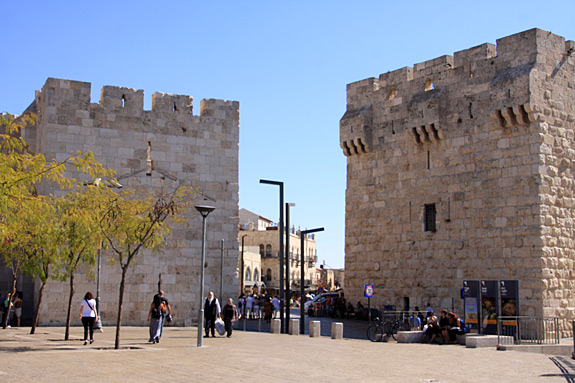
I should mention that EVERYTHING in Jerusalem is required to be built out of what they call "Jerusalem Stone" - in both the old *and* new parts of the city. It's made from the natural materials that are abundantly available, which gives the entire city a cohesive, though monotone, look. What's amazing is that these walls in the Old City are not just old, they are ancient, dating back as far as the second temple built by King Herod in the 1st Century BCE - nearly 2,000 years ago. Evidently, Jerusalem Stone is durable. :) So you'll see a LOT of it in our photos.
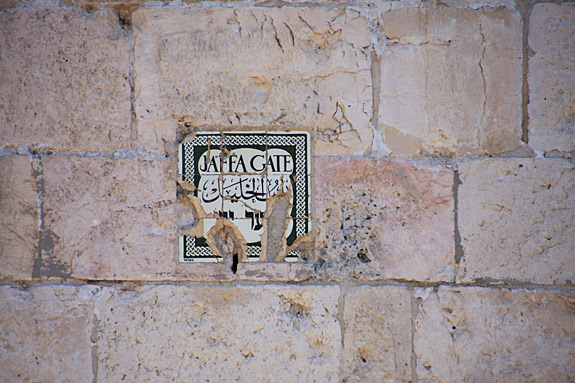
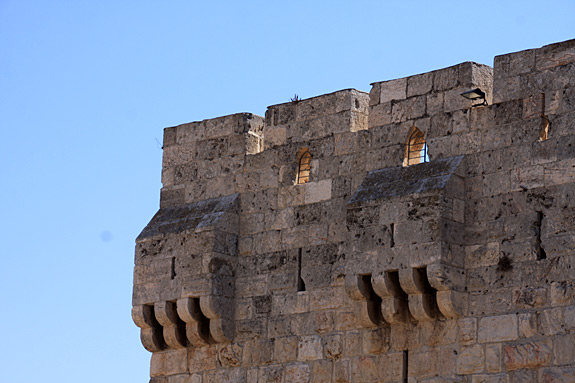
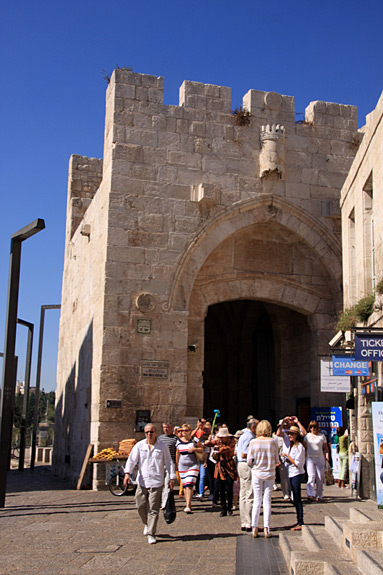
Armenian Quarter
We walked quickly through the Armenian Quarter, which had high walls and narrow streets and was fairly quiet.
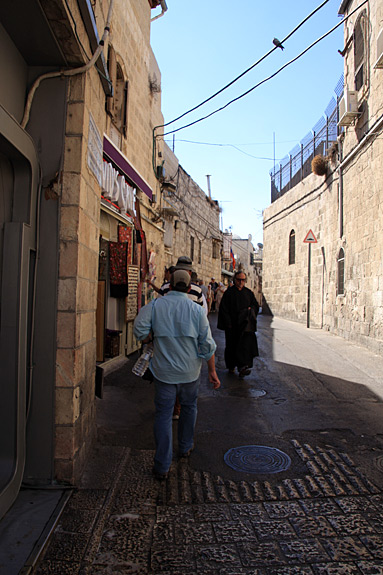
In the Armenian Quarter, we walked by (but did not visit) the Tower of David Museum.
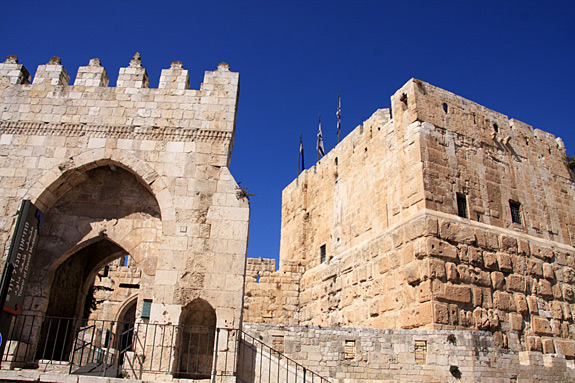
Jewish Quarter
From the Armenian Quarter, we quickly entered the Jewish Quarter, where we could see a lot of newer construction where the Jews have had to rebuild after it was destroyed while under Jordanian rule from 1948 to 1968.
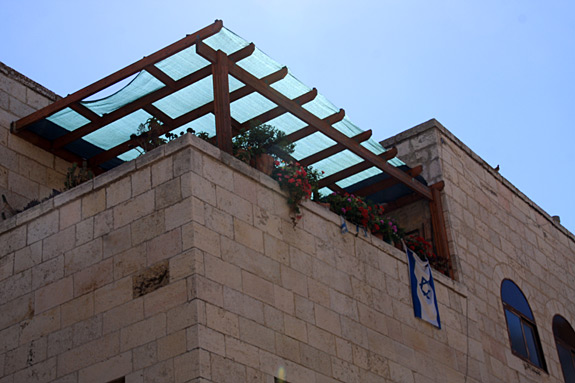
But even with the newer buildings up above, we could see that the history of the area remained. Just below the new Cardo you could see the archaelogical digs revealing ancient streets, columns and corridors.
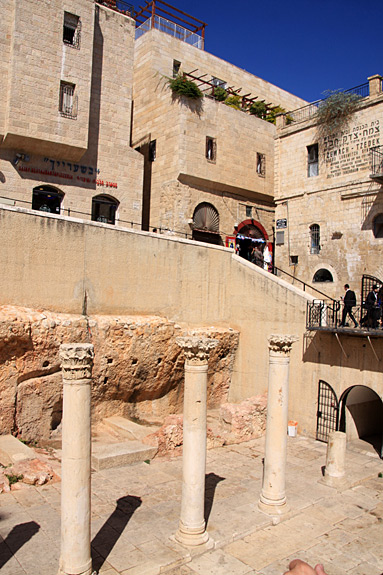
As our guide continued to point out, in Israel, you only have to look down to peek into the past:
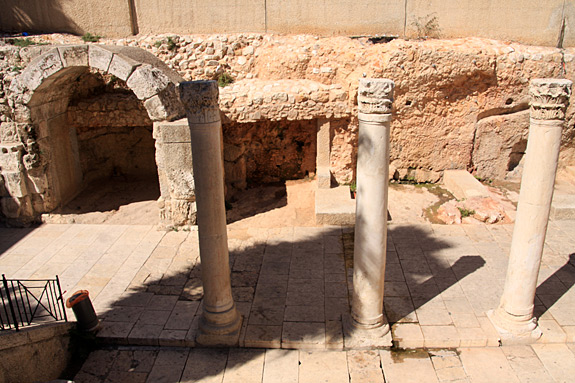
Around the corner from the Cardo, we saw the courtyard of the new Jewish Synagogue, where, since it was a Monday, there was a Bar Mitzvah party taking place.
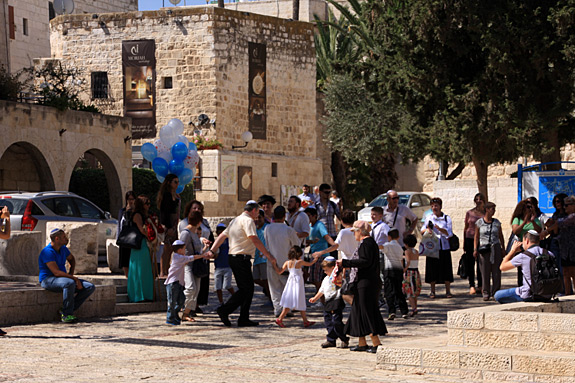
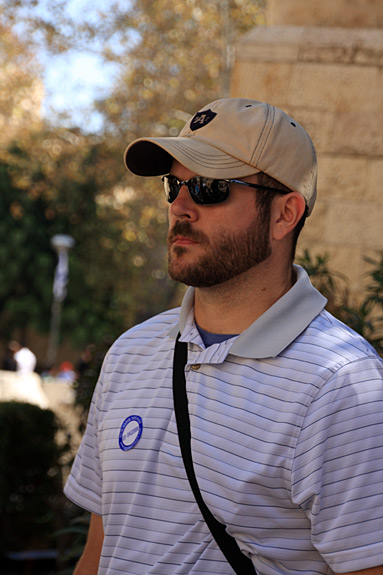
Walking from each section of the Old City to the next is kind of like traveling from one country to another in a matter of minutes. We moved from the Christian Armenian area full of churches and crosses, right into the Jewish Quarter of Bar Mitzvah's, menorahs, and torahs!
Western Wall
Which brought us to the highlight of the day (in my opinion), which was visiting the famous Western "Wailing" Wall (aka the "Kotel" in Hebrew).
But first...a security check point - metal detectors, bags checked, etc. Then we could walk into the Western Wall courtyard and see all the commotion for a typical Monday morning.
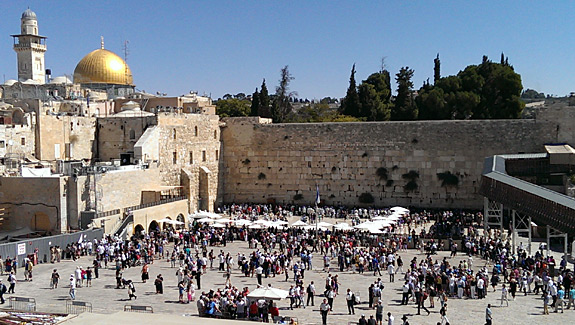
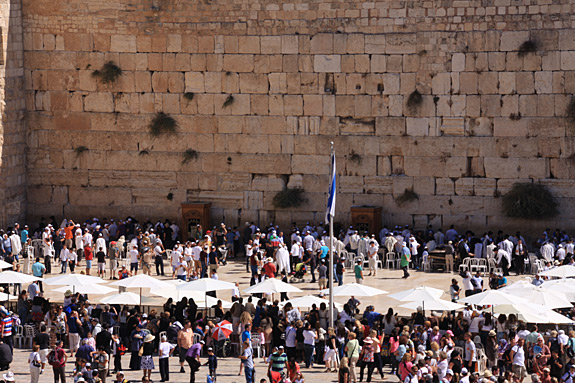
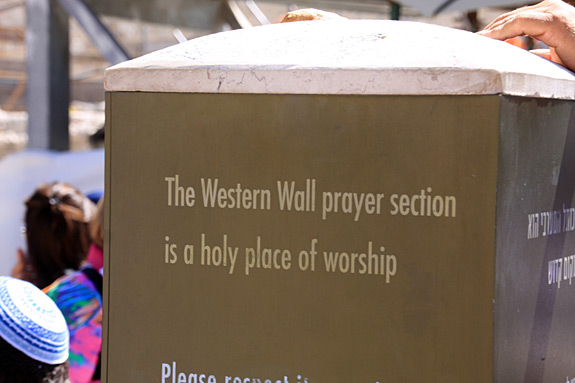
The mens side of the wall was filled with groups of men participating in Bar Mitzvah celebrations, singing, chanting, praying and marching, not to mention tourists like us taking their turn getting and up-close look at the famous wall.
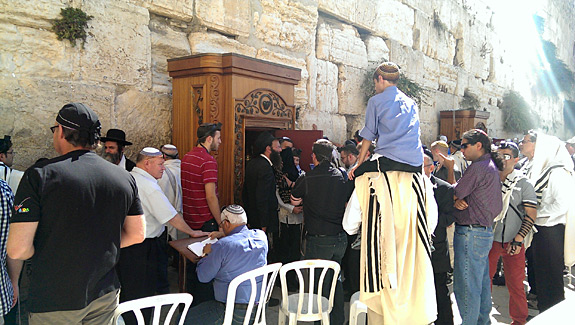
On the women's side, chairs were pulled up to the diving wall so that female family members could watch their sons' and grandsons' Bar Mitzvahs up close. They were clapping, cheering, throwing candy and having big old celebrations!
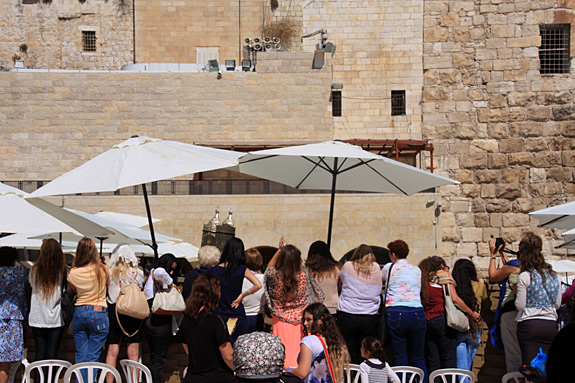
Still, as you walked closer to the wall itself, you could find people focused firmly on their prayers and meditations, often touching the wall or standing with thier noses nearly touching it.
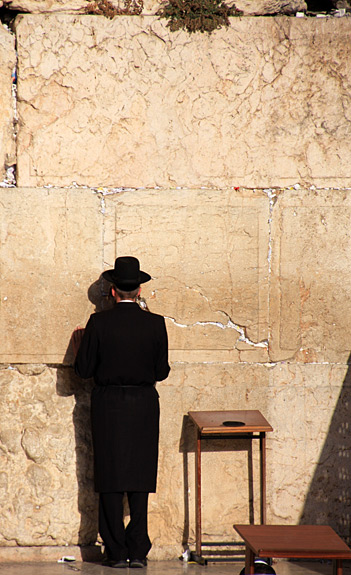
Both men and married women are required to cover their heads and dress modestly and appropriately at the Wall.
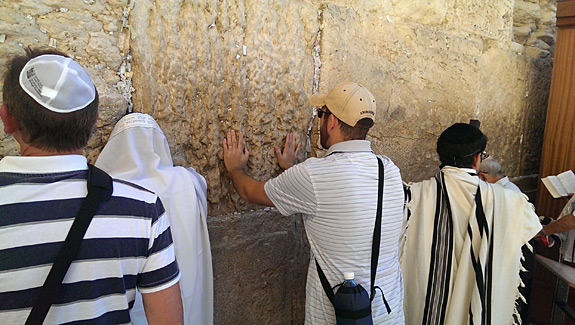
People from all over the world come here with notes of prayers to stick between the cracks of the stones. Interestingly, we learned that those notes are collected on a regular basis, but are not thrown away or burned. Instead, twice a year, Rabbi Rabinovitch, the rabbi of the Western Wall, and his assistants collect the notes left in the Wall and bury them in the Jewish cemetery on the Mount of Olives. {note}
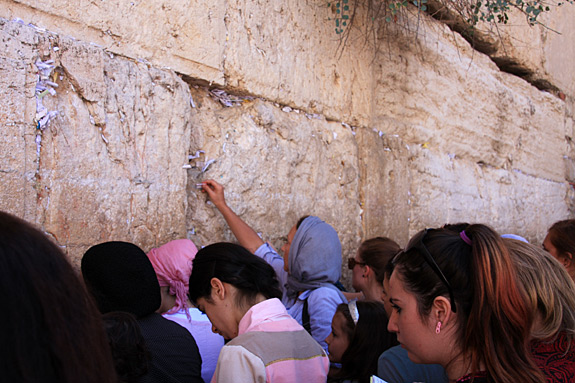
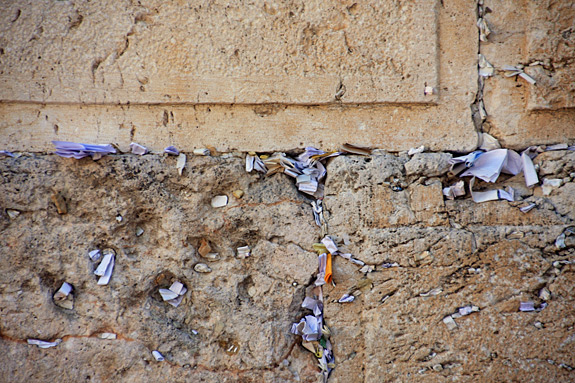
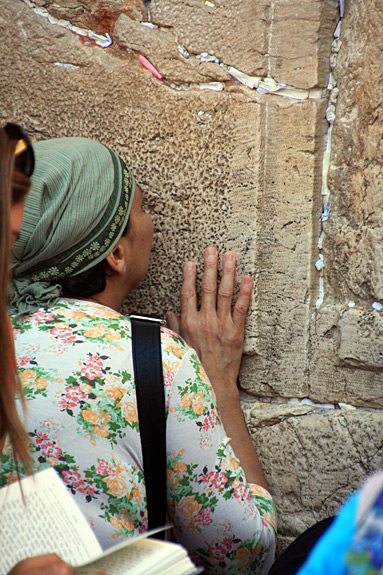
Along both the men and women's side, you could find bookshelves full of prayer books.
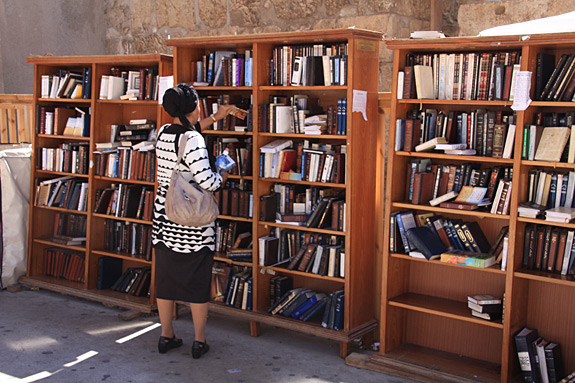
There were also fountains and sinks at the entrance where the Jews will do a ceremonial rinsing of their hands before they pray.
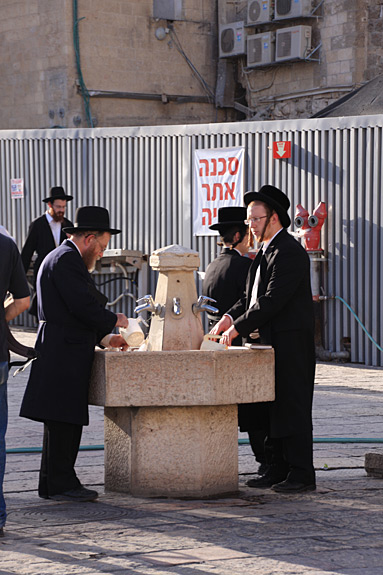
I consider this spot one of the wonders of the world and am glad to say I've visited and experienced it.
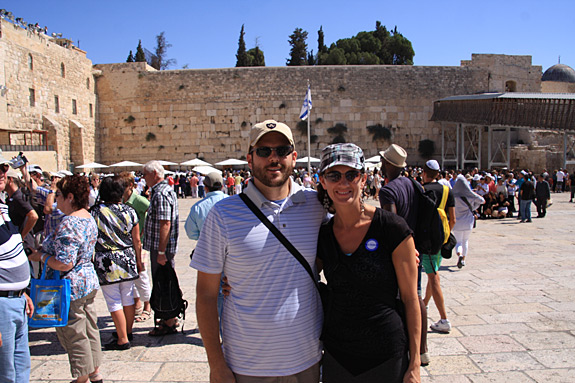
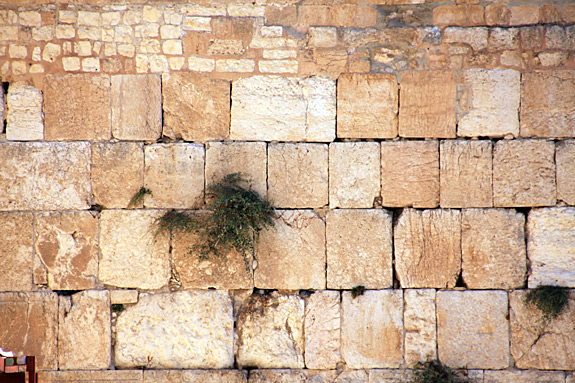
Muslim Quarter
From the Western Wall, we headed into the Muslim Quarter to walk through what is called the "Souq", which is a VERY crowded marketplace along a long narrow and stepped street.
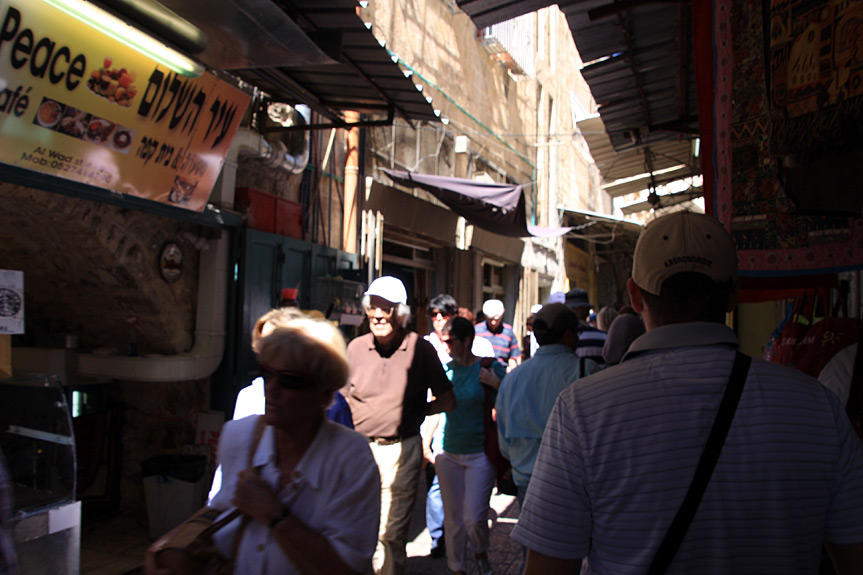
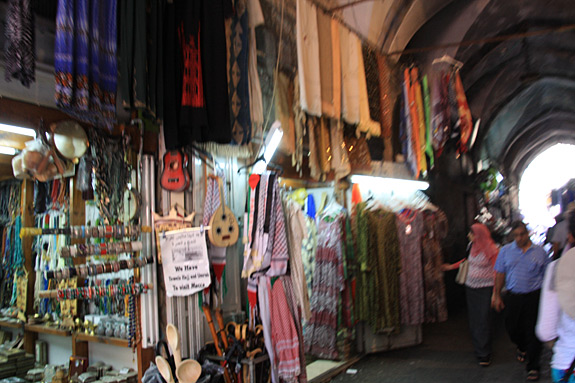
Narrow doesn't stop traffic in there though...we all had to scoot ourselves into the entries of the shops along the way to allow this truck to pass by right in front of our toes.
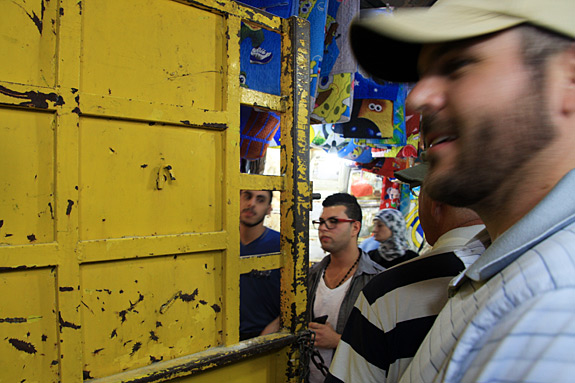
We moved so quickly through this area, trying to keep up with our guide, that I barely saw what was inside the crowded shops on both sides of us. This picture *SO* accurately shows how our Muslim Quarter Souq experience went...I really wish we could have headed back there one day to explore a little more, but time just didn't allow.
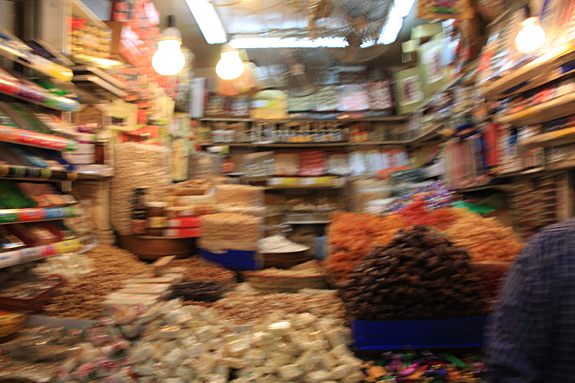
Christian Quarter & Via Dolorosa
Just as quickly as we had entered it, we emerged from the Sooq and were suddenly in the Christian Quarter of the Old City, where there was a little more breathing room, and a whole different set of "goods" in ther shops.
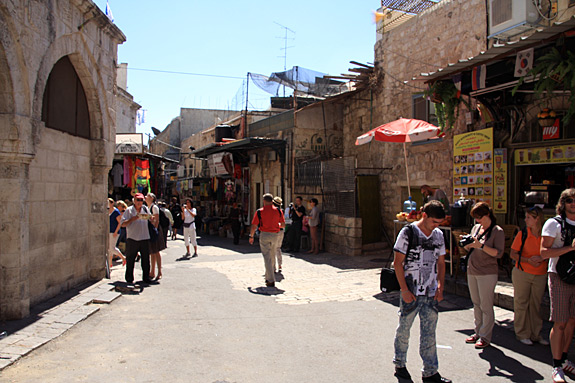
The Christian Quarter is also home to the famous Via Dolorosa, which means the "Way of Suffering", where there are 14 Stations of the Cross memorializing Jesus's walk toward his crucifixion.
Station 1: Jesus is condemned to death
Station 2: Jesus carries his cross
Station 3: Jesus falls the first time
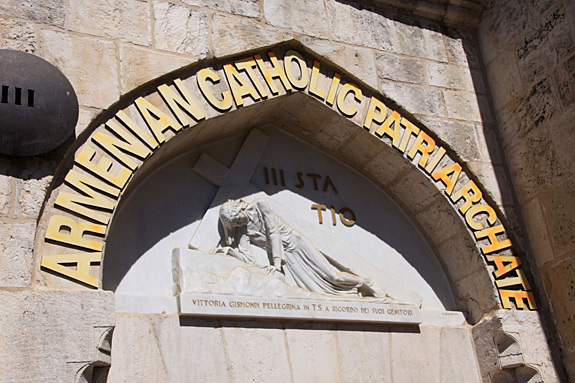
Station 4: Jesus meets his mother
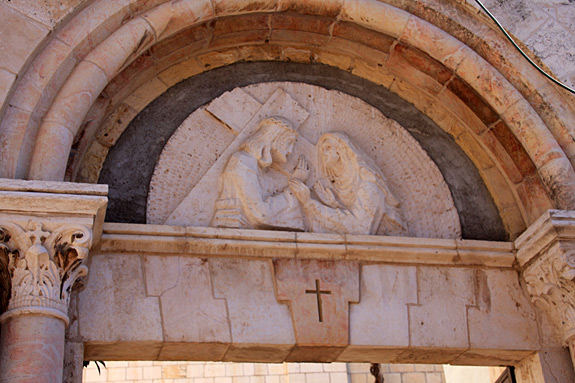
Station 5: Simon or Simon of Cyrene helps Jesus to carry the cross
Station 6: Veronica wipes the face of Jesus
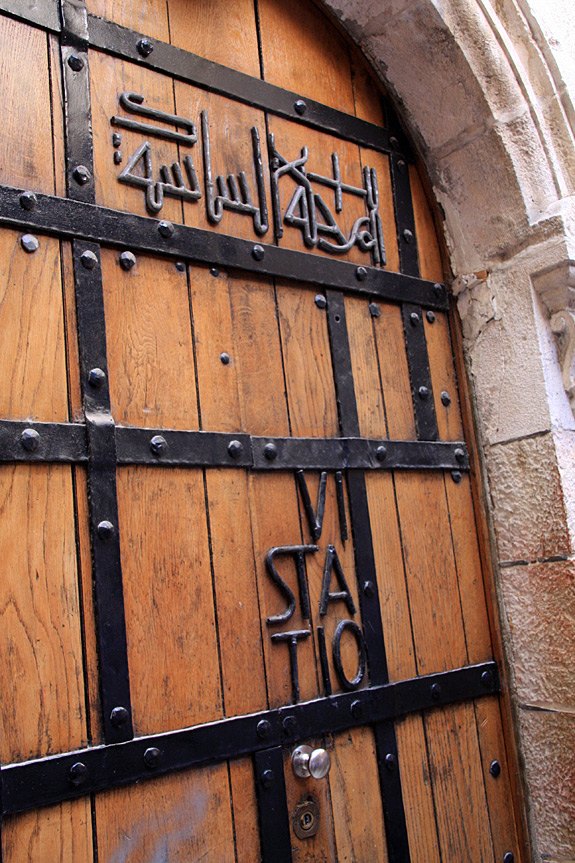
Station 7: Jesus falls the second time
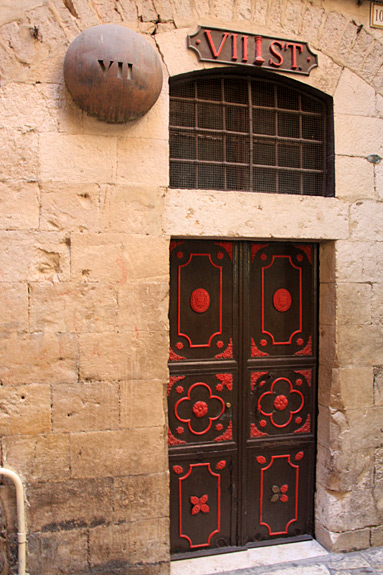
Station 8: Jesus meets the women of Jerusalem
Station 9: Jesus falls the third time
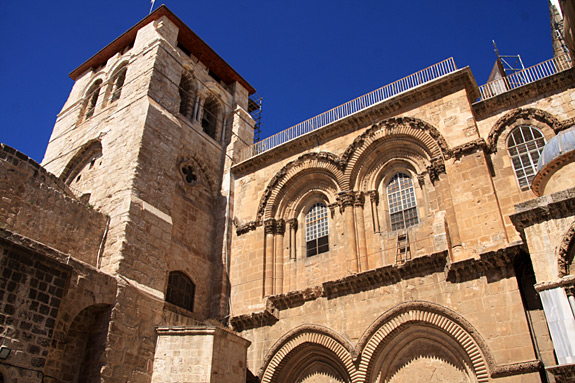
While following the stations, and thinking about the walk Jesus made, we arrived at a VERY crowded entrance to the Church of the Holy Sepulchre, which is a giant church built at Golgatha, the site of the Crucifixion. Interesting fact about the church -- it is shared by several different denominations of churches, though none of them Protestant.
It was a rather jarring experience to go from that spiritual train of thought to seeing this large group of modern Israeli soldiers outside the church doors. Israeli soldiers are a very normal sight in nearly every place you turn in Israel.
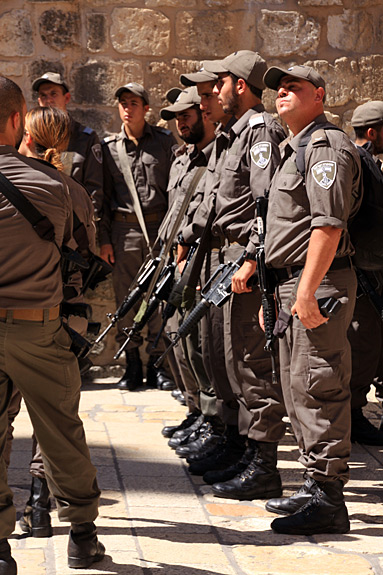
We went inside the church to see the final five Stations of the Cross -- along with the rest of the world. Holy crowd of tourists!
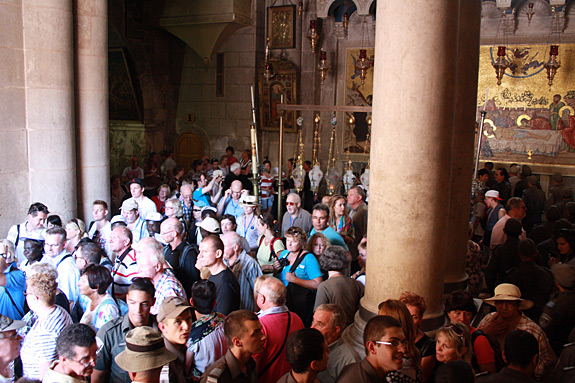
Station 10: Jesus' clothes are taken away
Station 11: Crucifixion: Jesus is nailed to the cross
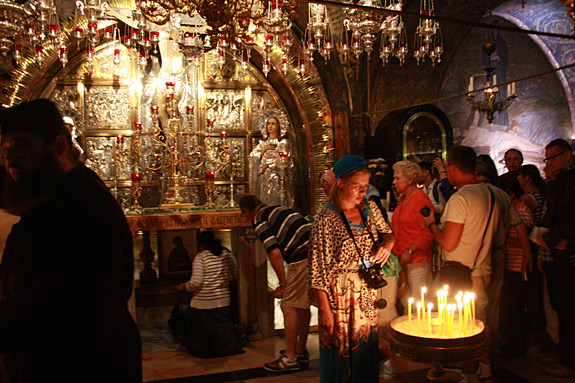
Station 12: Jesus dies on the cross
Station 13: Jesus is taken down from the cross (Deposition or Lamentation)
Station 14: Jesus is laid in the tomb
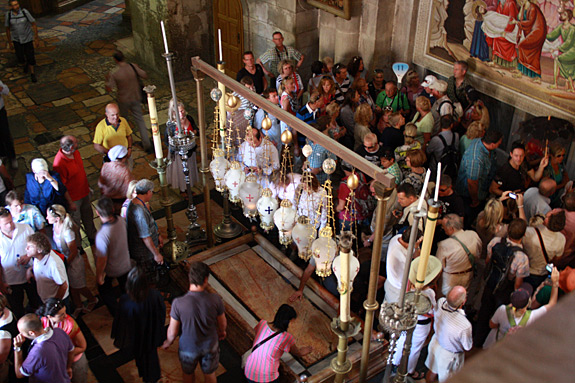
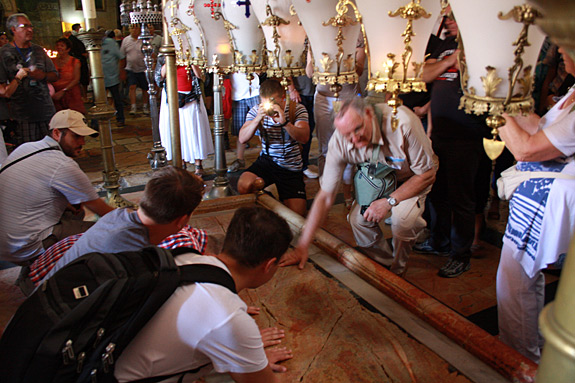
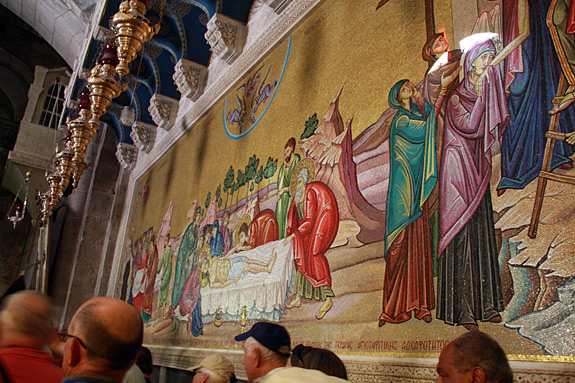
While the crowds made this spot difficult to truly appreciate in a meditative and spiritual sense (at least while we were standing there), it is a very pretty church and regardless of how accurate the actual locations for each event are, it is a very meaningful way to recount and study Jesus' last day.
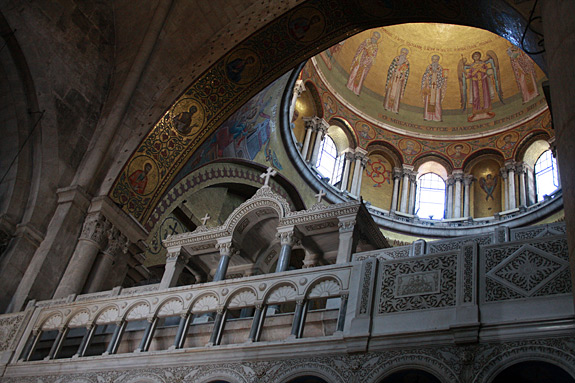
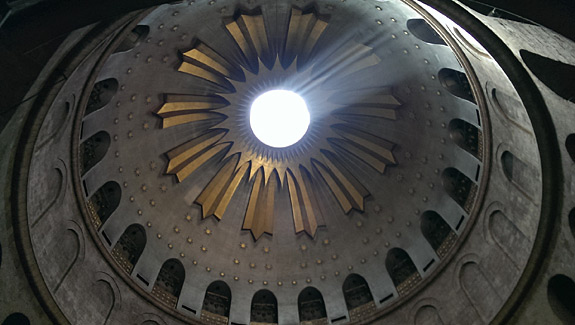
As we left the Church of the Holy Sepulchre, we headed to a little corner restaurant to get some much-needed lunch (yes, that's right...we did all that before lunch!) before getting back on the bus and heading toward Bethlehem in the afternoon.
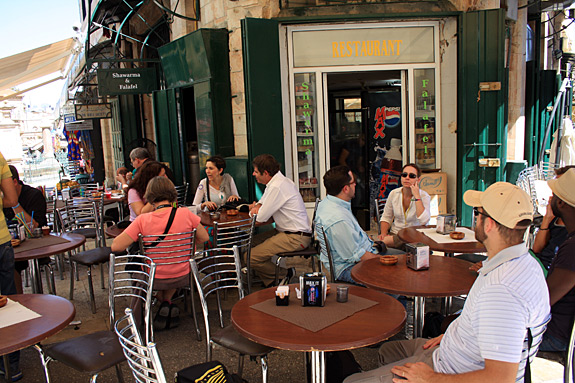
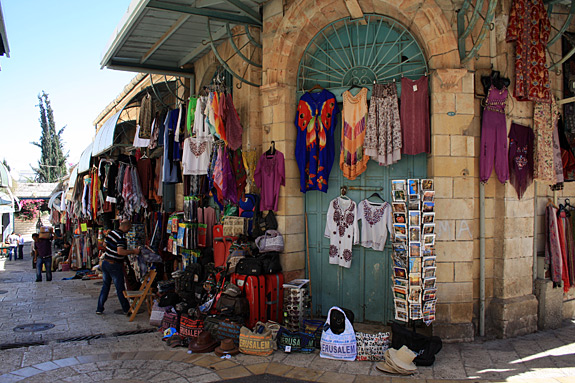
Israel Trip Wrap-Up:
- Israel Trip: Getting Ready to Go
- Israel Trip: Layover in Chicago
- Israel Trip: Traveling Across the World
- Israel Trip: Jerusalem - The Old City
- Israel Trip: Bethlehem & West Bank
- Israel Trip: Yad Vashem & Ben Yehuda Street
- Israel Trip: An Israeli Wedding
- Israel Trip: Mount of Olives
- Israel Trip: City of David
- Israel Trip: Sea of Galillee
- Israel Trip: Kibbutz, Gaza & Shabbat
- Israel Trip: Dead Sea & Ein Gedi
- Israel Trip: The Food
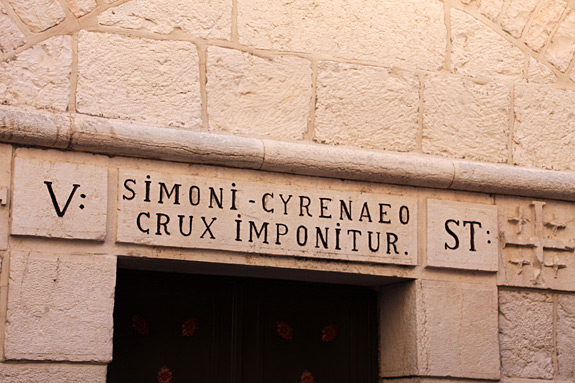

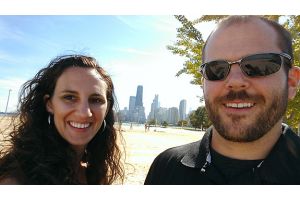
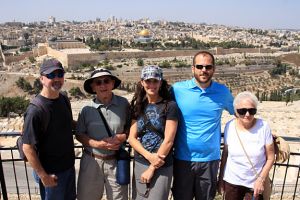
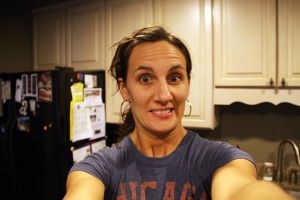
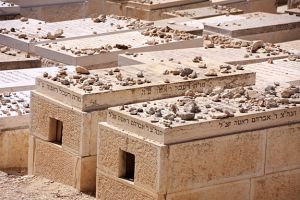

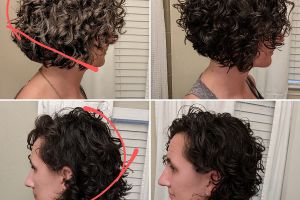

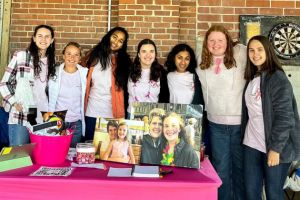
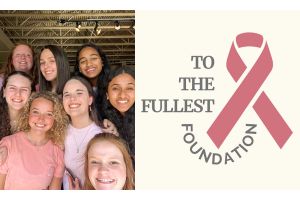
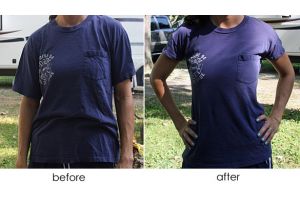



2 comments so far:
Shari Robbins said:
Andrea,
I have so enjoyed your trip. Never been there but I am sure I will feel somewhat like I have been when I finish with your tour.
ShariRobbins
mariahcharles said:
W-O-W!! What an amazing trip... I cannot wait to read more :)
Post new comment